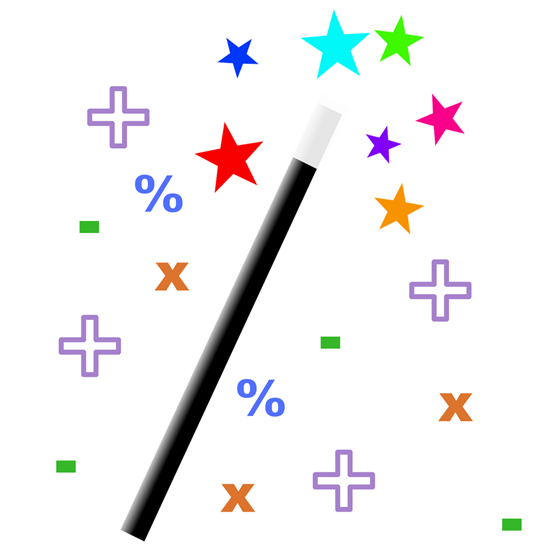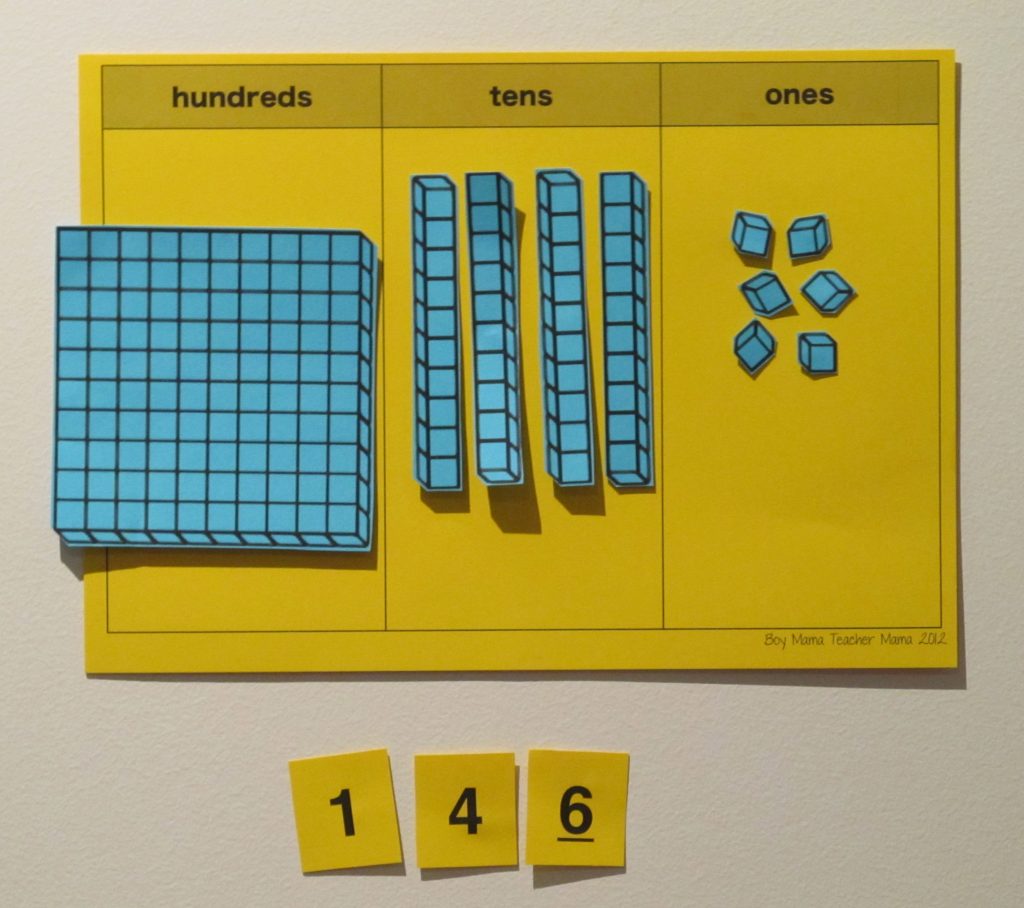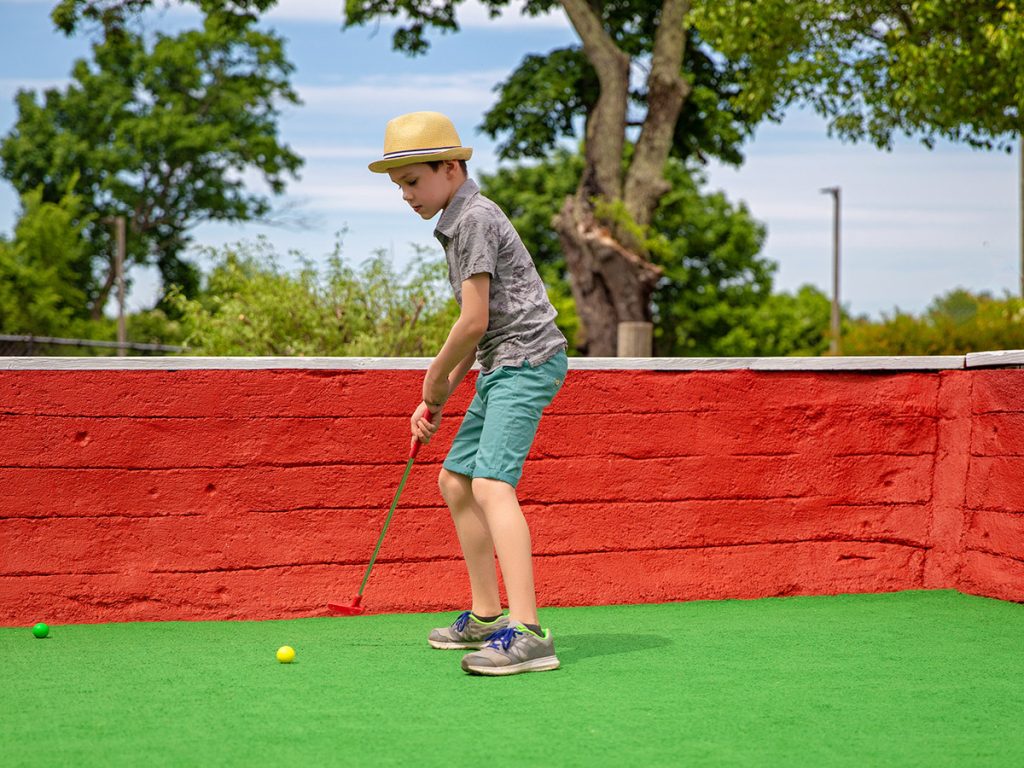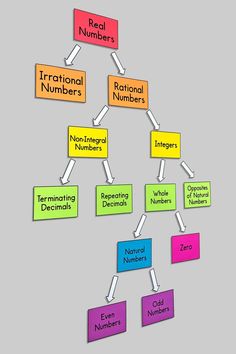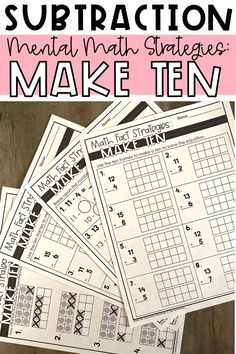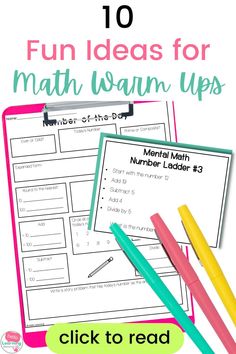1. Number of the Day: Choose a number and have students find as many different ways as possible to represent that number (e.g., through addition, subtraction, multiplication, or division).
2. Mental Math Challenges: Present students with mental math problems that they must solve quickly, encouraging them to think on their feet and improve their mental arithmetic skills.
3. Math Vocabulary Flashcards: Create flashcards with common math terms and definitions. Use them to review and reinforce key concepts.
4. Estimation Jar: Fill a jar with small objects (e.g., buttons, paperclips) and have students estimate the number. Count the objects together to see who made the closest guess.
5. Shape Hunt: Challenge students to find real-life examples of geometric shapes in the classroom or school environment. They can take pictures or draw the shapes they find.
6. Math Puzzles: Provide students with math puzzles or brain teasers that require critical thinking and problem-solving skills.
7. Math Bingo: Create bingo cards with numbers or math problems. Call out numbers or math equations, and students can mark them off on their bingo cards.
8. Math Scavenger Hunt: Write or print out math problems and hide them around the classroom. Students must find the problems and solve them.
9. Graphing Fun: Have students collect data, such as favorite colors or hobbies, and create bar graphs or pictographs to represent the information.
10. Math Relay Races: Divide the class into teams and set up a relay race where students solve math problems before passing the baton.
11. Pattern Puzzles: Create pattern puzzles using shapes, numbers, or objects. Students must analyze the pattern and find the missing piece.
12. Math Vocabulary Charades: Act out math terms or concepts without using words, and have classmates guess what they are.
13. Math Art: Integrate art and math by having students create geometric designs using rulers, compasses, or pattern blocks.
14. Math Jeopardy: Play a Jeopardy-style game where students answer math questions, earning points for correct answers.
15. Math Song Lyrics: Write math-themed lyrics to popular songs and have students sing and perform them.
16. Math Dice Games: Use dice to create and play math games, such as multiplication Bingo or addition war.
17. Math Story Problems: Create story problems based on real-world scenarios for students to solve using their math skills.
18. Math Card Games: Play card games like War, Go Fish, or Blackjack using math facts or equations instead of traditional playing cards.
19. Math Brain Breaks: Incorporate short math-related brain teasers or activities into transitions or breaks throughout the day.
20. Math Journal Prompts: Provide students with math journal prompts that require them to reflect, explain, or analyze a math concept.
21. Math QR Code Hunts: Create QR codes that link to math problems or challenges. Students scan the codes with devices to access the problems.
22. Math Treasure Hunt: Set up a treasure hunt where students solve math problems to find clues leading to the hidden treasure.
23. Math Reflections: Have students reflect on their learning by writing or discussing what they have learned in math class and how they can apply it in real life.
These warm-up ideas are designed to engage students, reinforce key math concepts, and promote critical thinking skills. Use them regularly to set a positive tone for your math lessons and help students develop a strong foundation in mathematics.


